Patagonia stretches across nearly 400,000 square miles of untamed wilderness, yet most visitors see only a fraction of its soul-stirring landscapes. Beyond the famous peaks and glaciers lies a realm where silence speaks louder than words and nature becomes the ultimate meditation teacher.
Here’s a list of mindful retreats where the region’s raw beauty creates perfect conditions for deep contemplation and inner peace.
Torres del Paine National Park
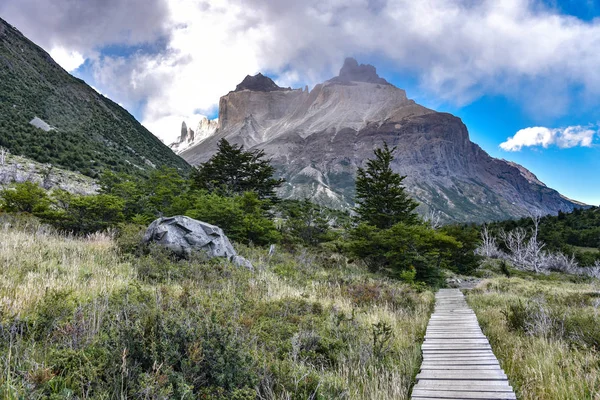
The granite spires of Torres del Paine rise like ancient fingers pointing toward the infinite sky. Walking the park’s quieter trails reveals moments when the wind through lenga forests becomes the only sound for miles.
Most people rush to photograph the famous towers. But early morning visits to Laguna Azul offer something more valuable – complete stillness broken only by the occasional splash of a diving duck.
Lago General Carrera

Chile’s largest lake changes color throughout the day, shifting from turquoise to deep sapphire as clouds dance overhead. The marble caves along its shore create natural cathedrals where kayakers can float in near-silence.
Water temperature stays remarkably consistent year-round. Something about the lake’s massive size creates its own microclimate.
Like Travel Pug’s content? Follow us on MSN.
Fitz Roy Circuit
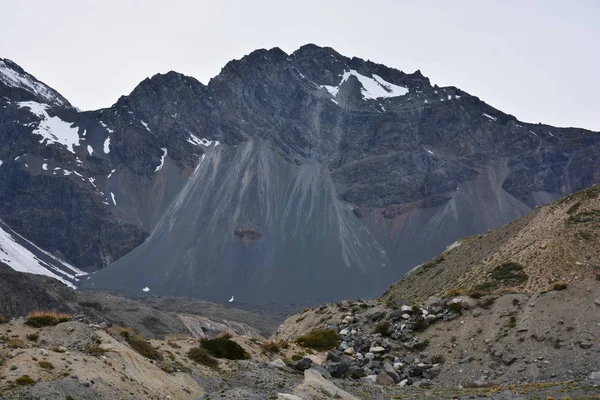
The jagged peaks surrounding Mount Fitz Roy demand respect and reward patience. Hiking here means accepting that the weather controls the schedule, not human ambition.
Laguna de los Tres provides the classic viewpoint. Still, the approach through Valle del Río Blanco offers deeper rewards – sections where granite walls create natural amphitheaters perfect for quiet reflection.
Peninsula Valdés
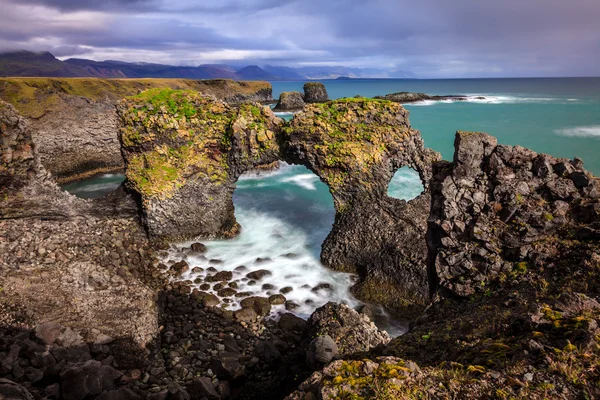
Wildlife watching transforms into meditation when approached with the right mindset. Southern right whales arrive each year between June and December, their massive presence teaching lessons about patience and grace.
The peninsula’s inland areas reveal a different kind of beauty. Salt flats stretch toward distant horizons while guanacos move in slow, purposeful herds across the steppe.
Cueva de las Manos
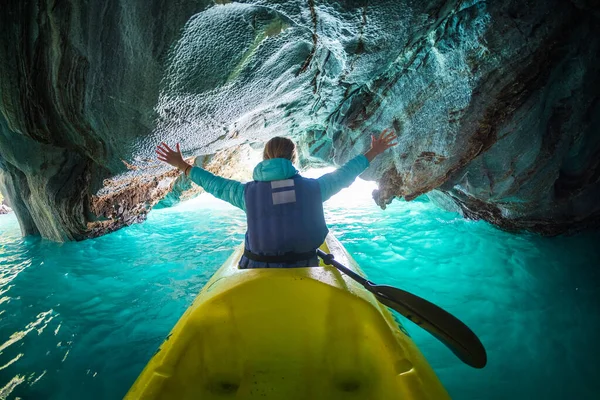
Eight-thousand-year-old handprints cover the walls of this remote cave, creating an immediate connection to ancient human consciousness. The site requires a guided walk through windswept canyons.
But the journey matters as much as the destination. Desert silence here feels almost physical – a presence that settles into bones and breath.
Like Travel Pug’s content? Follow us on MSN.
Nahuel Huapi National Park
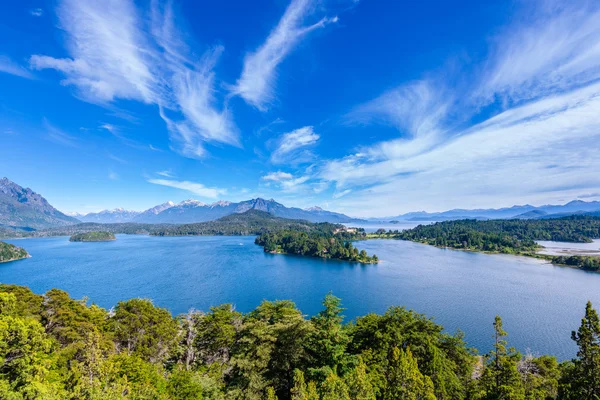
Argentina’s oldest national park encompasses everything from Andean peaks to temperate rainforests. Lake Nahuel Huapi anchors the region with waters so clear that submerged logs appear suspended in the air.
The park’s vastness allows for true solitude. Remote hiking trails like the Paso de las Nubes route can go days without seeing another person.
Perito Moreno Glacier
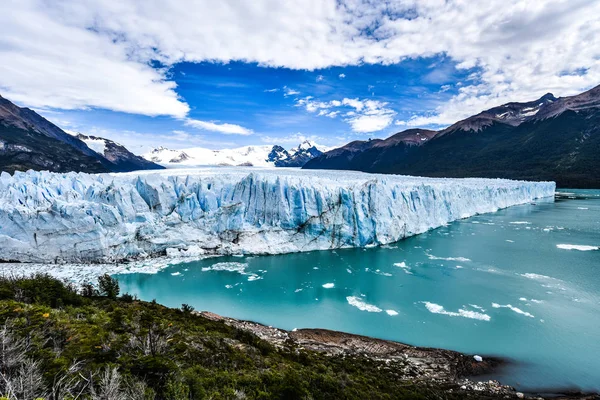
Most glaciers retreat steadily in our warming world. Perito Moreno advances, creating a dynamic display of ice constantly reshaping itself. Standing on the viewing platforms provides one experience.
And walking the ice with crampons offers another entirely – the glacier’s internal sounds create an otherworldly symphony. But the most mindful approach might be simply sitting quietly nearby, watching centuries of accumulated snow transform and move.
Ushuaia and Tierra del Fuego
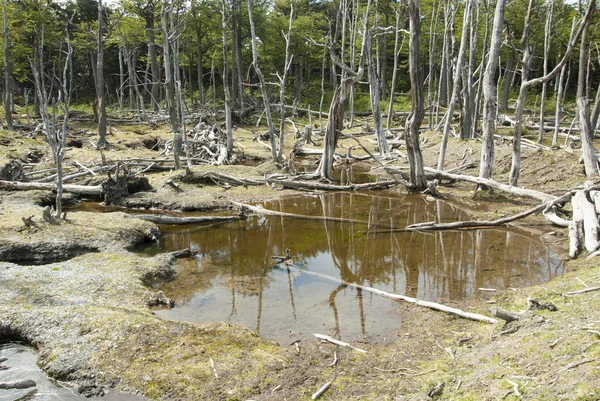
The world’s southernmost city serves as a gateway to the End of the World. Tierra del Fuego National Park offers coastal walks where subantarctic forest meets the Beagle Channel.
Train rides through the park follow routes once used by prisoners. The narrow-gauge railway moves slowly enough to notice details – moss hanging from southern beech trees, the particular quality of light filtering through the dense canopy.
Like Travel Pug’s content? Follow us on MSN.
Marble Cathedral
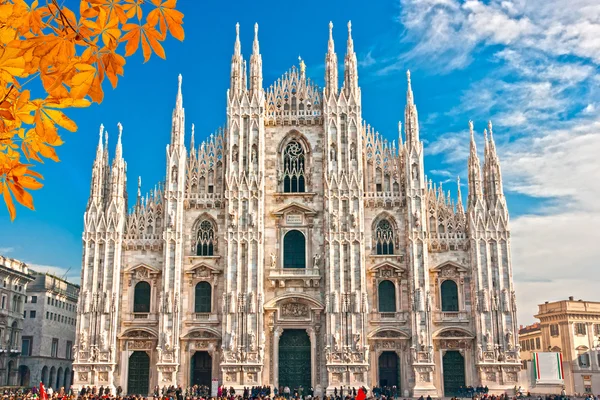
These sculpted chambers in General Carrera Lake can only be reached by water. Kayaking through the caves creates an almost sacred experience as light reflects off smooth marble walls.
Water levels determine accessibility throughout the year:
• Best conditions: December through February
• Moderate access: March through May
• Limited entry: June through November
Los Glaciares National Park
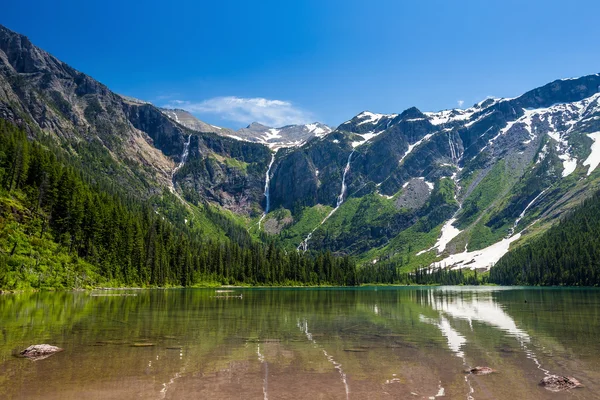
Home to both Perito Moreno and Fitz Roy, this park encompasses some of Patagonia’s most iconic landscapes. The southern section around El Calafate focuses on glacial experiences, while the northern area near El Chaltén emphasizes high-altitude hiking.
El Chaltén earned the nickname “Trekking Capital of Argentina” for good reason. Trails here lead to alpine lakes that mirror granite peaks perfectly on calm days.
Valdivian temperate rainforest
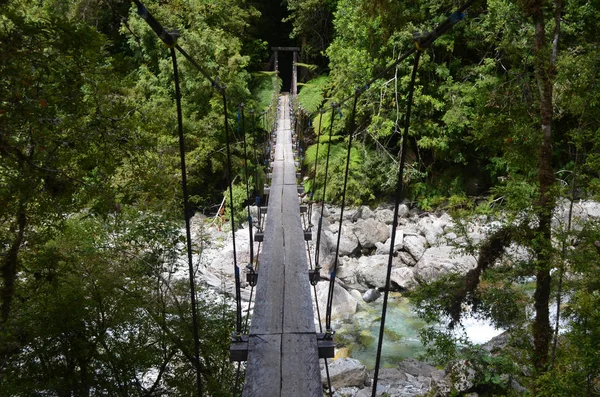
Small pockets of this ancient ecosystem survive throughout Patagonia’s western edges. Trees here can live for over a thousand years, creating groves that predate most human civilizations.
Walking among these giants requires a different pace entirely. Moss carpets muffle footsteps while filtered sunlight creates natural stained-glass windows between massive trunks.
Like Travel Pug’s content? Follow us on MSN.
Strait of Magellan
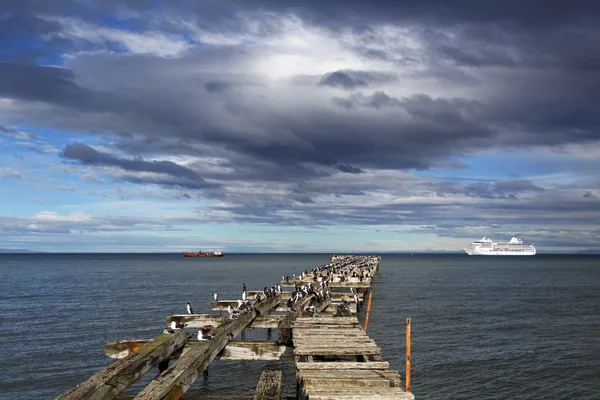
This natural channel separating mainland South America from Tierra del Fuego carries the weight of maritime history. Boat trips through the strait reveal landscapes that have changed little since Magellan’s first passage in 1520.
Weather patterns shift quickly here. Clear morning conditions can transform into afternoon storms within hours, teaching valuable lessons about accepting uncertainty.
Laguna Torre
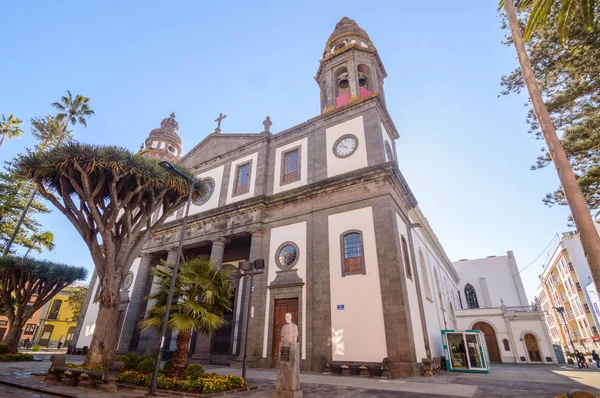
The trail to Laguna Torre offers a gentler alternative to Fitz Roy’s more demanding routes. The lake sits directly beneath Cerro Torre, one of the world’s most technically challenging peaks.
Wind patterns around Cerro Torre create unique ice formations that climbers call “rime ice mushrooms.” These ethereal sculptures form overnight and disappear by afternoon.
Punta Arenas
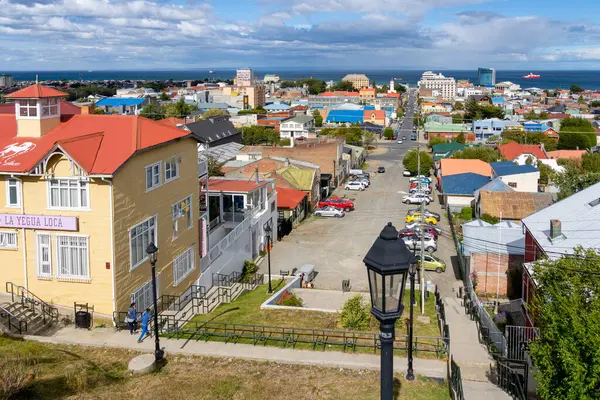
Chile’s southernmost major city sits on the shores of the Strait of Magellan. The surrounding steppes stretch endlessly in every direction, broken only by scattered estancias and windswept hills.
Local cemeteries tell stories of European immigrants who sought new lives in this remote region. Their elaborate mausoleums create unexpected beauty in the harsh landscape.
Like Travel Pug’s content? Follow us on MSN.
Darwin Range
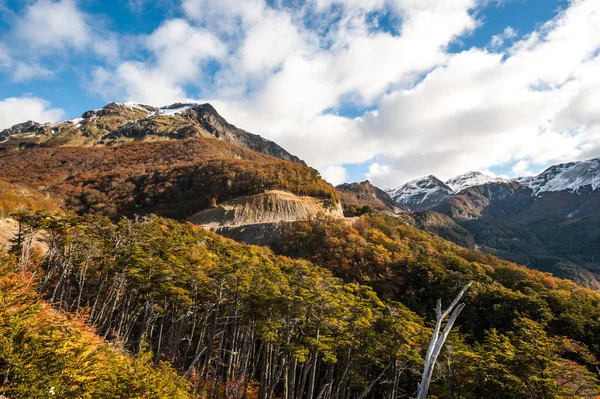
This remote mountain chain along the Chile-Argentina border sees fewer visitors than anywhere else in Patagonia. Glaciers here flow directly from high peaks into fjords, creating landscapes that feel primordial.
Access requires serious planning and mountain experience. But those who make the journey report a quality of silence found nowhere else on earth.
Where wind teaches patience
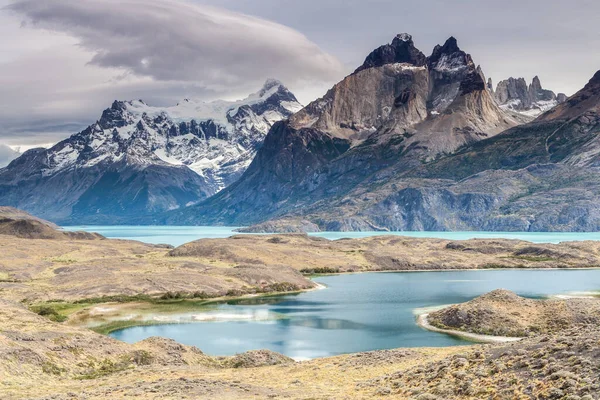
Patagonia’s greatest gift may be its ability to slow human time to natural rhythms. Here, weather decides schedules, distance demands respect, and silence becomes as valuable as any summit view.
More from Travel Pug

- 20 Best Beach Towns in the Carolinas
- 13 Destinations Where Tourists Regularly Regret Their Trip
- 20 Things You Actually Get in First Class
- 20 Small Airports With Aviation Museums
- 20 Places in the U.S. That Are Perfect for a Reset Trip
Like Travel Pug’s content? Follow us on MSN.
